Echinodorus bleheri
Scientific name: Echinodorus bleheri
Family: Alismataceae
Usual maximum size in aquariums: 20 - 50 cm (7.87 - 19.69 inch)
014
Recommended pH range for the species: 6.5 - 7.5
Recommended water hardness (dGH): 4 - 18°N (71.43 - 321.43ppm)
0°C 32°F30°C 86°F
Recommended temperature: 22 - 30 °C (71.6 - 86°F)
Reproduction of the plant: Rhizome
Origin (in the wild): South America
How fast these plants grow: Fast
Recommended substrate: Fine gravel
Demands on lighting: Medium
Ideal placement in a fish tank: Middle
Common Name
Amazon Sword Plant
Propagation
Although this is a rhizome plant, division of the rhizome is not the only way this plant can be propagated. They will also develop adventitious plants around the mother plant. To propagate these it is simply a matter of prying them free from the rosette of leaves and re-planting them in the substrate. Ensure that they get nutrients added straight away to encourage the new root growth.
If the plant is grown in emersed conditions i.e. partially out of the water they will develop flower stalks, it is possible to fertilise the flowers by means of a small soft brush but this is by far a much more complicated method of propagating this plant.
Difficulty
Easy
Short Description
This is another popular plant that appears in aquariums mainly due to its ease of care making this ideal for beginners. It is very similar to Echinodorus amazonicus but the leaves are slightly broader and tend to grow more upright. The rosette normally consists of approx. 30 leaves and they will vary in their depth of greenness. Any sign of the leaves turning yellow is a good indication that the plant is lacking in iron so a supplement should be added to the tank.
It is a beautiful addition to any aquarium but will need pruning to prevent it from blocking light to other plants alongside. The roots are the main feeding source so plenty of supplements should be on hand in the substrate to keep this plant looking its best, having said that it is very easy to care for compared to more delicate species of plants and ideal for beginners. Another great reason for adding this plant to the aquarium is their ability to release oxygen into the water column, at times the oxygen bubbles can even be seen with the naked eyes floating up from the plant. They may be sold under a different Latin classification such as Echinodorus paniculatis or even Echinodorus pangeri but they are the same plant.
Medium lighting is ideal for this plant so this helps to reduce the running costs of the aquarium as long as the dimmer lighting also suits the other plant species that are grown alongside.
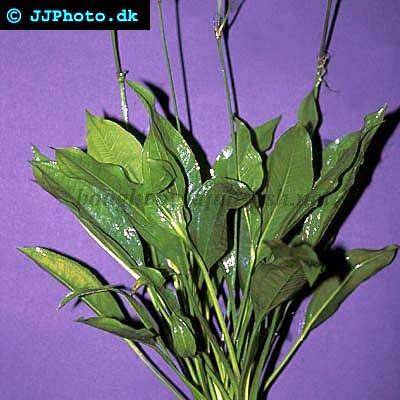
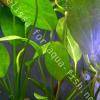 Echinodorus “Ozelot”
Echinodorus “Ozelot”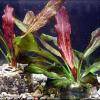 Echinodorus “Red Flame”
Echinodorus “Red Flame” Echinodorus “Red Special”
Echinodorus “Red Special”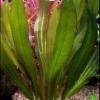 Echinodorus “Rubin”
Echinodorus “Rubin”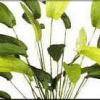 Echinodorus “Tricolour”
Echinodorus “Tricolour”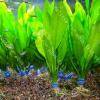 Echinodorus amazonicus
Echinodorus amazonicus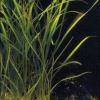 Echinodorus angustifolius
Echinodorus angustifolius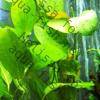 Echinodorus cordifolius
Echinodorus cordifolius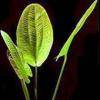 Echinodorus grandiflorus
Echinodorus grandiflorus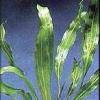 Echinodorus horemanii
Echinodorus horemanii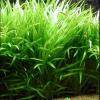 Echinodorus latifolius
Echinodorus latifolius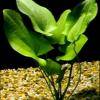 Echinodorus macrophyllus
Echinodorus macrophyllus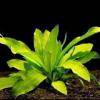 Echinodorus major
Echinodorus major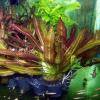 Echinodorus osiris
Echinodorus osiris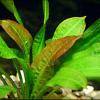 Echinodorus parviflorus
Echinodorus parviflorus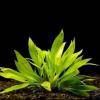 Echinodorus quadricostatus
Echinodorus quadricostatus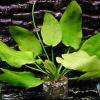 Echinodorus schlueteri
Echinodorus schlueteri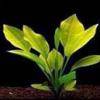 Echinodorus subalatus
Echinodorus subalatus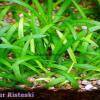 Echinodorus tenellus
Echinodorus tenellus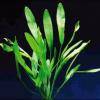 Echinodorus uruguayensis
Echinodorus uruguayensis Sagittaria grammeus
Sagittaria grammeus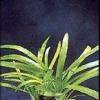 Sagittaria platyphylla
Sagittaria platyphylla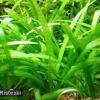 Sagittaria subulata
Sagittaria subulata